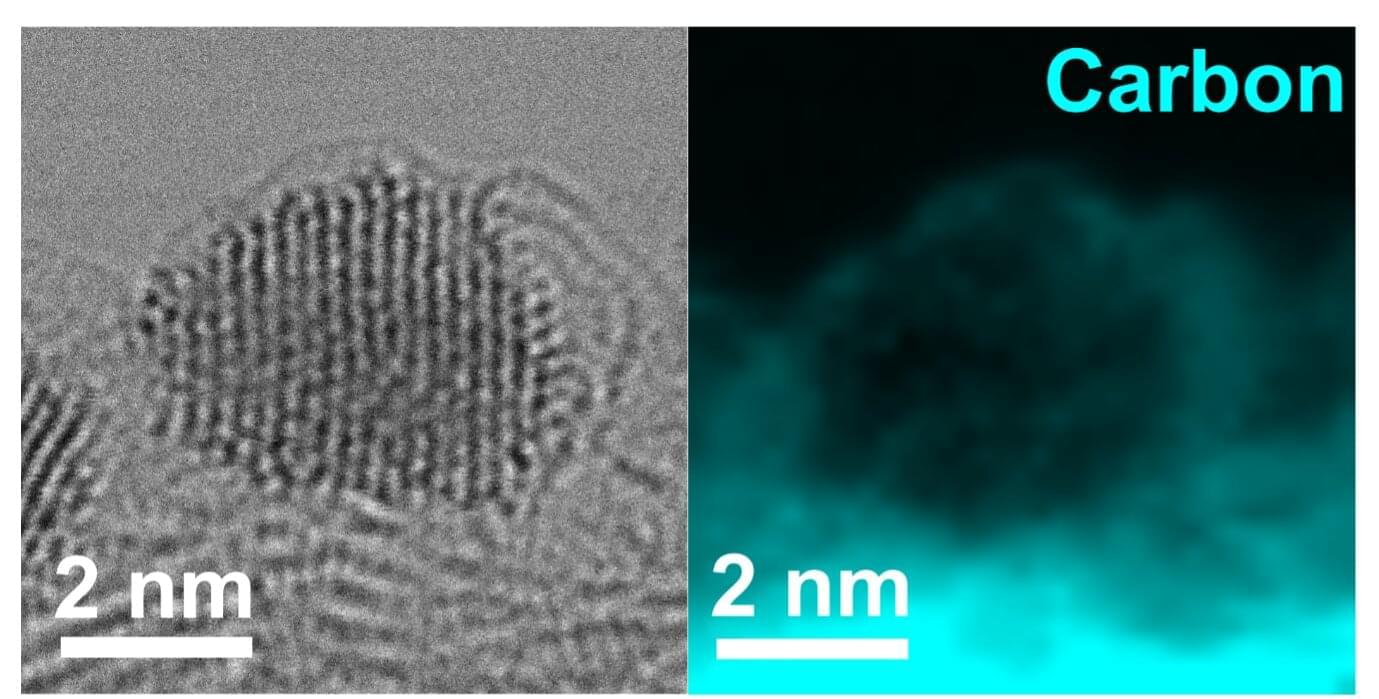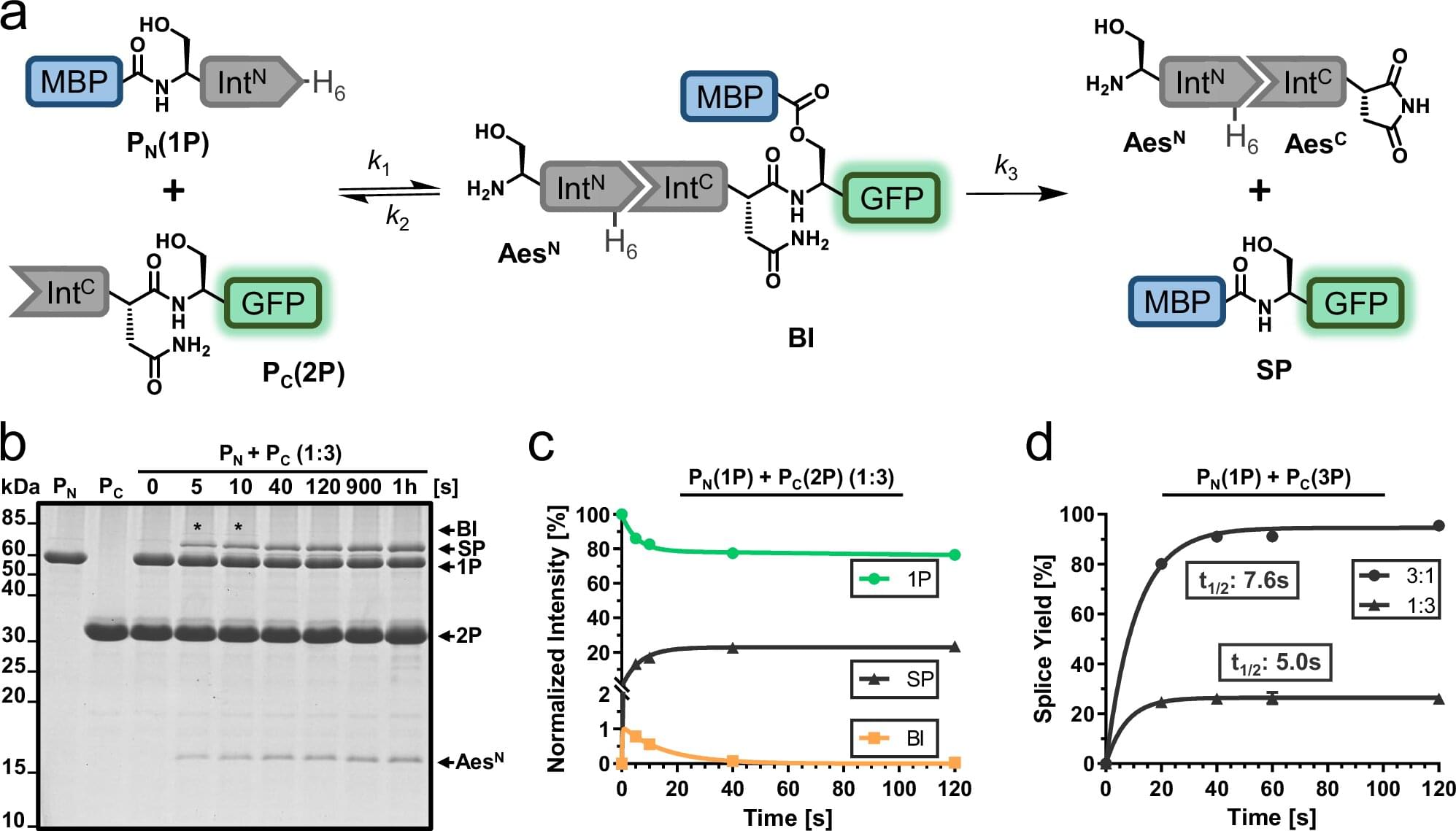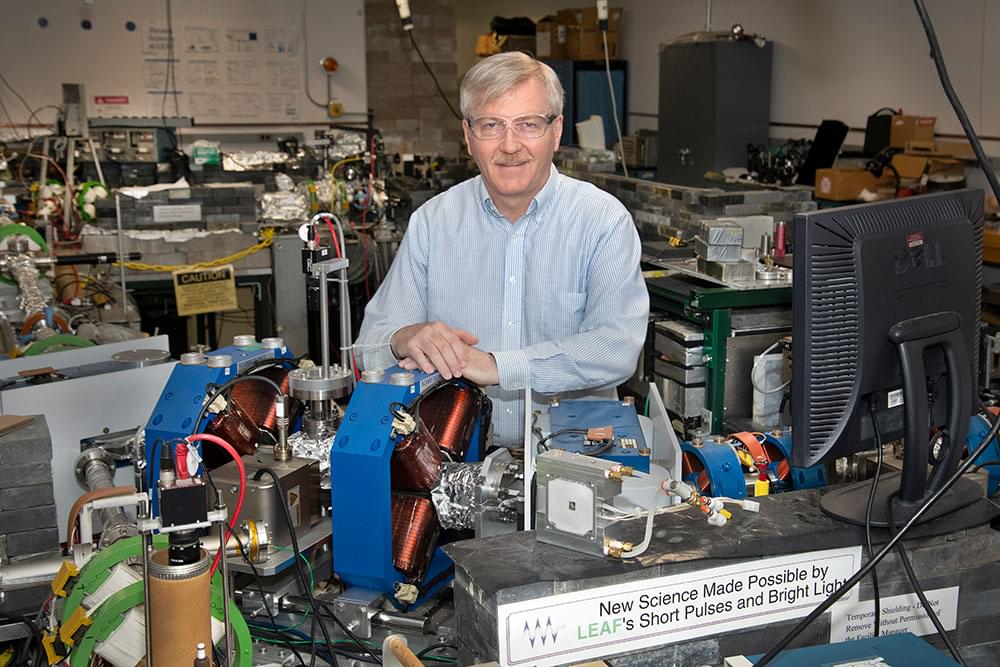A growing body of work suggests that cell metabolism — the chemical reactions that provide energy and building materials — plays a vital, overlooked role in the first steps of life.



The manufacturing and deployment of hybrid and electric vehicles is on the rise, contributing to ongoing efforts to decarbonize the transport industry. While cars and smaller vehicles can be powered using lithium batteries, electrifying heavy-duty vehicles, such as trucks and large buses, has so far proved much more challenging.
Fuel cells, devices that generate electricity via chemical reactions, are promising solutions for powering heavy-duty vehicles. Most of the fuel cells employed so far are so-called proton exchange membrane fuel cells (PEMFCs), cells that generate electricity via the reaction of hydrogen and oxygen, conducting protons from their anode to their cathode utilizing a solid polymer membrane.
Despite their potential, many existing fuel cells have limited lifetimes and efficiencies. These limitations have so far hindered their widespread adoption in the manufacturing of electric or hybrid trucks, buses and other heavy-truck vehicles.

As the demand for innovative materials continues to grow—particularly in response to today’s technological and environmental challenges—research into nanomaterials is emerging as a strategic field. Among these materials, quantum dots are attracting particular attention due to their unique properties and wide range of applications. A team of researchers from ULiège has recently made a significant contribution by proposing a more sustainable approach to the production of these nanostructures.
Quantum dots (QDs) are nanometer-sized semiconductor particles with unique optical and electronic properties. Their ability to absorb and emit light with high precision makes them ideal for use in solar cells, LEDs, medical imaging, and sensors.
In a recent study, researchers at ULiège developed the first intensified, scalable process to produce cadmium chalcogenide quantum dots (semiconducting compounds widely used in optoelectronics and nanotechnology) in water using a novel, biocompatible chalcogenide source (chemical elements such as sulfur, selenium, and tellurium).

A surprising link between the immune system and brain behavior is emerging, as new research reveals how a single immune molecule can affect both anxiety and sociability depending on which brain region it acts upon.
Scientists found that IL-17 behaves almost like a brain chemical, influencing neuron activity in ways that alter mood and behavior during illness. These findings suggest the immune system plays a much deeper role in shaping our mental states than previously thought, opening new doors for treating conditions like autism and anxiety through immune-based therapies.
Immune Molecules and Brain Behavior.

Proteins are the building blocks of life. They consist of folded peptide chains, which in turn are made up of a series of amino acids. From stabilizing cell structure to catalyzing chemical reactions, proteins have many functions. Their diversity is further increased by modifications that take place after the peptide chains have been synthesized.
One form of modification is protein splicing. The protein initially contains a so-called “intein,” which removes itself from the peptide chain to ensure the correct folding and function of the final protein.
A team led by protein chemist Prof Henning Mootz and Ph.D. student Christoph Humberg from the Institute of Biochemistry at the University of Münster has now answered a long-standing research question: Why does a special variant of the inteins, the “split inteins,” often encounter problems in the laboratory that significantly lower the efficiency of the reaction? The researchers were able to identify protein misfolding as one cause and have developed a method to prevent it.

A container of oil and water separated by a thin skin of magnetized particles has intrigued a team of chemical engineers by taking on an unexpected ‘Grecian urn’ shape upon agitation.
“I thought ‘what is this thing?’,” graduate student Anthony Raykh from the University of Massachusetts Amherst recalled, after doing what all chemistry students love to do, mixing materials with intriguing properties just to see what would happen.
“So, I walked up and down the halls of the Polymer Science and Engineering Department, knocking on my professors’ doors, asking them if they knew what was going on.”

Ironmaking could be on the edge of a major upgrade. Scientists have developed a cleaner, electrochemical method to extract iron that could one day rival traditional blast furnaces in cost while slashing pollution.
By customizing iron oxide particles and optimizing electrical conditions, the team achieved efficient, low-temperature metal production—paving the way for greener steelmaking on an industrial scale.
Rethinking Ironmaking with Electrochemistry.

UPTON, N.Y. — High temperatures and ionizing radiation create extremely corrosive environments inside a nuclear reactor. To design long-lasting reactors, scientists must understand how radiation-induced chemical reactions impact structural materials. Chemists at the U.S. Department of Energy’s (DOE) Brookhaven National Laboratory and Idaho National Laboratory recently performed experiments showing that radiation-induced reactions may help mitigate the corrosion of reactor metals in a new type of reactor cooled by molten salts. Their findings are published in the journal Physical Chemistry Chemical Physics.
“Molten salt reactors are an emerging technology for safer, scalable nuclear energy production. These advanced reactors can operate at higher, more efficient temperatures than traditional water-cooled reactor technologies while maintaining relatively ambient pressure,” explained James Wishart, a distinguished chemist at Brookhaven Lab and leader of the research.
Unlike water-cooled reactors, molten salt reactors use a coolant made entirely of positively and negatively charged ions, which remain in a liquid state only at high temperatures. It’s similar to melting table salt crystals until they flow without adding any other liquid.

Quantum computers promise to outperform today’s traditional computers in many areas of science, including chemistry, physics, and cryptography, but proving they will be superior has been challenging. The most well-known problem in which quantum computers are expected to have the edge, a trait physicists call “quantum advantage,” involves factoring large numbers, a hard math problem that lies at the root of securing digital information.
In 1994, Caltech alumnus Peter Shor (BS ‘81), then at Bell Labs, developed a quantum algorithm that would easily factor a large number in just seconds, whereas this type of problem could take a classical computer millions of years. Ultimately, when quantum computers are ready and working—a goal that researchers say may still be a decade or more away—these machines will be able to quickly factor large numbers behind cryptography schemes.
But, besides Shor’s algorithm, researchers have had a hard time coming up with problems where quantum computers will have a proven advantage. Now, reporting in a recent Nature Physics study titled “Local minima in quantum systems,” a Caltech-led team of researchers has identified a common physics problem that these futuristic machines would excel at solving. The problem has to do with simulating how materials cool down to their lowest-energy states.